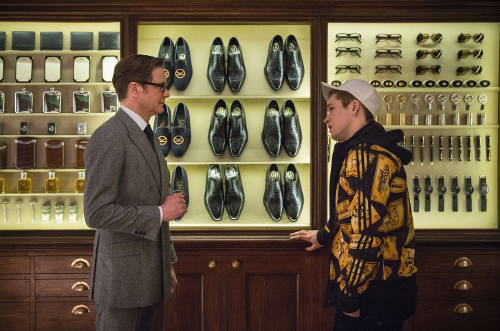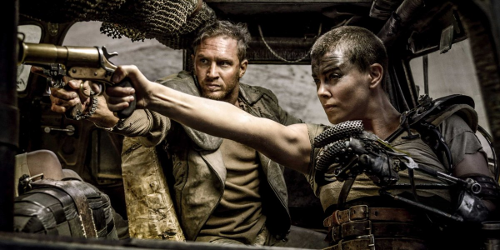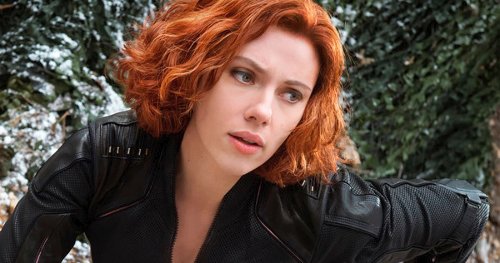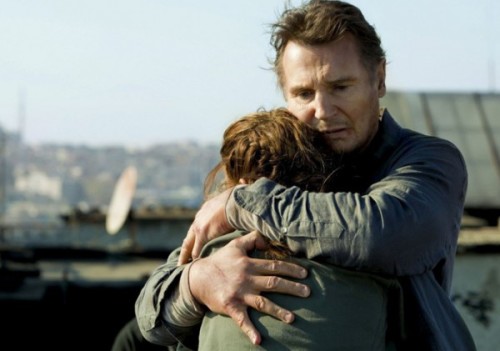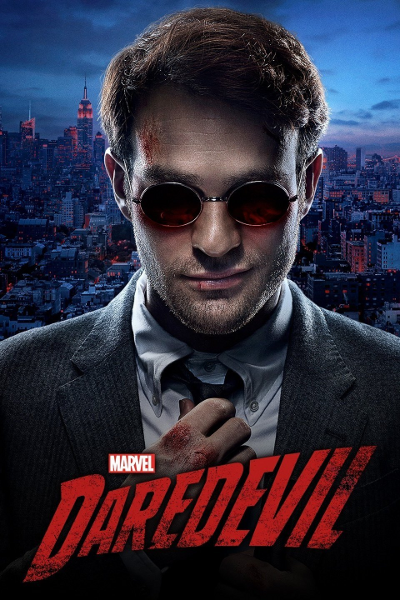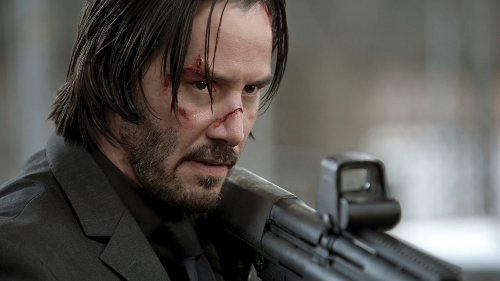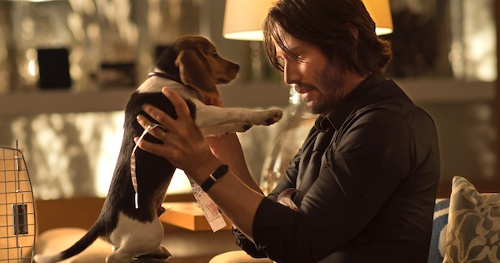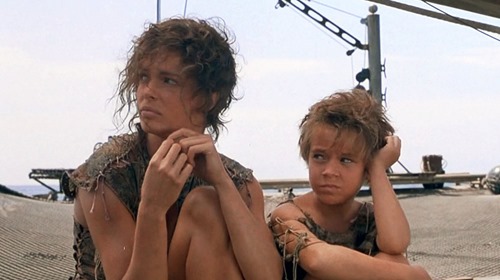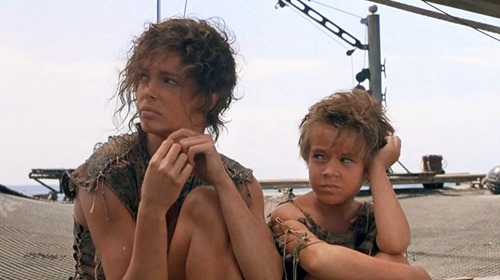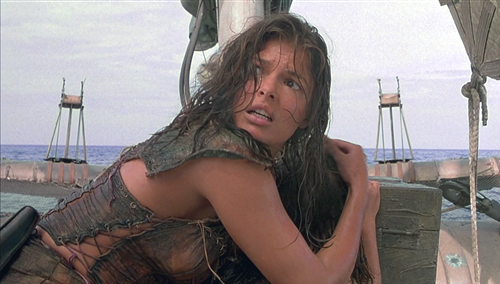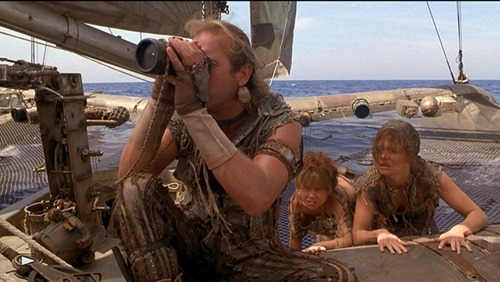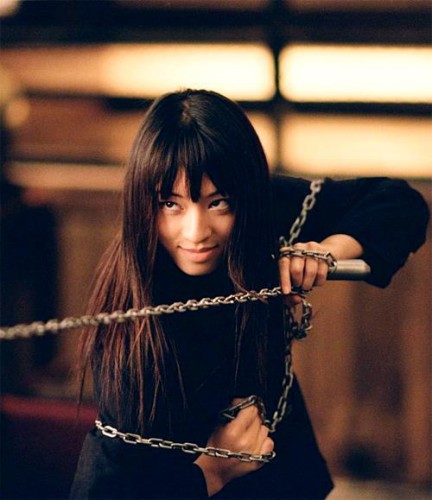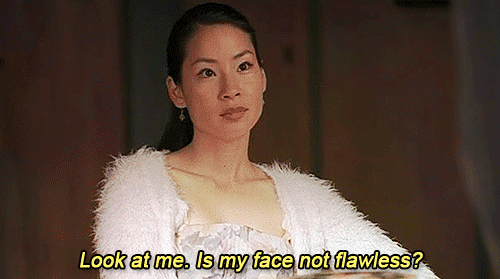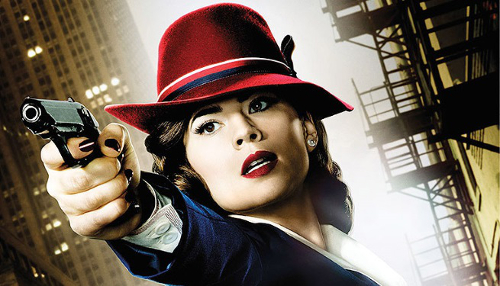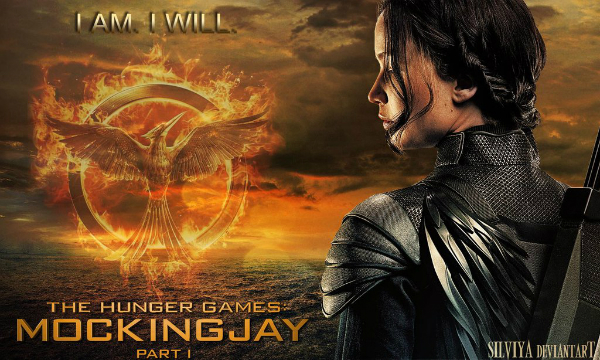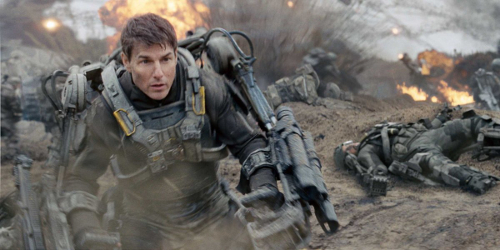
This review contains spoilers, but… I really don’t think that matters.
Remember when we talked about how exciting it was to see a woman at the center of a power-fantasy id-gone-wild movie Jupiter Ascending? Kingsman: The Secret Service (which just happens to have been released only a week after Jupiter Ascending) is a PERFECT example of what we normally see from those movies. In short: White Dudes Rule.
Kingsman: The Secret Service wants to remount the early campy Bond movies for the 21st century. Kind of like Austin Powers did, but without so many jokes, because they detract from how coooooool these spy dudes are. We’re talking gadgets, one-liners, babes, convoluted action sequences, and brooding permitted only upon the death of one’s father or mentor.
Fuck Daniel Craig’s haunting pathos and Oscar-caliber cinematography. Bring on the shark lasers.

Trouble is, the filmmakers include a hefty dose of anglophilia in their love letter to early Bond, a fondness for the Empire Days that is inherently racist and also just really played out. (Director Matthew Vaughn, co-writer Jane Goldman, and source material authors Mark Millar and Dave Gibbons are all English or Scottish [and all white], but self-congratulatory anglophilia might be even more annoying than wannabe anglophilia. Keep Calm and Carry On Oppressing.)
Kingsman is an apolitical spy agency funded by a trust created when a bunch of aristocrats lost their heirs to World War I. There are a dozen (white, male) agents all named after the Knights of the Round Table. When one of them dies, each agent presents a candidate as a replacement, these candidates train together and face a series of potentially lethal elimination tests until there is only one. I am sure it will surprise you ZERO that the recruits are almost all white dudes, and the first person dispatched is a woman of color (leaving behind Sophie Cookson’s Roxy to play Smurfette for the rest of the movie). And that we’re meant to admire our working-class hero Eggsy (Taron Egerton) for his pluck and gumption standing up to the other candidates and their Eton educations. You break that glass ceiling, Eggsy.

And even though Eggsy is working-class, he’s still only in this position because of who his father is: a former recruit to Kingsman who threw himself on a grenade on his first mission, saving Eggsy’s sponsor and mentor Galahad (Colin Firth, having a lot of fun). Galahad grooms Eggsy to be a proper gentleman (in one of the movie’s best gags, he alludes to the transformations in Trading Places and Pretty Woman, only to have Eggsy respond, “Oh you mean like in My Fair Lady?”), which is an integral part of his spy training because the only thing cooler than being an upper-class British person is becoming an upper-class British person, I guess. I am not lying when I say that the graduation present from the Kingsman academy is a bespoke bulletproof suit.

MEANWHILE, evil villains plot. And would you believe that the evil villains are PEOPLE OF COLOR? Whaat. No. Gasp! Shock. Truth be told, the villains are BY FAR the best part of the movie. We have Samuel L. Jackson as Valentine, an environmentalist communications mogul, if such a thing exists, and his right-hand-woman Gazelle (Sofia Boutella), who has two prosthetic bladed legs she uses as deadly weapons. I don’t fully understand the motivation behind Jackson’s lisping, peacocking approach to his character, but I always appreciate when he has the chance to play something other than Samuel L. Jackson. He made me laugh a lot. Boutella’s Gazelle is the perfect reincarnation of the mostly-silent, inexplicably loyal, undeniably badass Bond villain sidekick, and it is cool to see a disabled character be the best fighter in the room. But it sucks to see a bunch of “gentlemanly” white people battle a flashy black man and his buxom-but-deadly assistant. Again.

There’s a chance for some not-entirely-gross class commentary to make its way into Kingsman, but it’s wasted in favor of more extreme violence. You see, Valentine’s evil plan is basically to trigger the plot of Stephen King’s Cell: he gives away billions of sim cards, and then unleashes a signal that makes people near those sim cards go on violent rampages. He sells protective implants to the rich and powerful and provides an oasis for them to sit out this bloody culling of Earth’s population. (The rich and powerful who refuse to play Valentine’s game are locked in a dungeon. This list for some reason includes Iggy Azalea.) The implants can also be triggered to explode, giving Valentine a kill switch for every one of the world’s rich and powerful.

Remember when I said there were going to be spoilers? Here are the spoilers. Eggsy finds out the head of Kingsman (Michael Caine) has one of the implants and is allowing the plot to move forward. When Eggsy goes on to thwart the evil plan, he triggers all the implants to explode. We watch a glorious montage of cartoonish mushroom clouds erupting from the necks of the world’s elite: from heads of state (including our president) to the socialites sipping champagne while waiting out the apocalypse in Valentine’s bunker.

If the movie ended there this would be a much more positive review. There’d be cool, meaty ideas here about Kingsman being corruptible because of its ties to aristocracy, and our working-class hero actually bringing about the revolution the villain only pretended to want by eliminating the 1 percent rather than seeking to control them. But, well, Matthew Vaughn wanted to shoot some really disgusting bloodbath scenes.
So Valentine gets his signal out for several minutes, and we cut around the world to regular people horribly murdering their loved ones and anyone else in proximity. Eggsy and co. eventually stop it, but it is clear that more of these literally poor innocent bastards ended up dead than the jerks who signed up for implants. I have a problem disassociating from mass destruction in movies, and I got really sad about how the world would be irrevocably broken by this slaughter, when the movie wanted me to be laughing about Eggsy getting “rewarded” with butt sex with a Swedish princess for “saving the world.” Yes, really.
I am, of course, overthinking it. Kingsman: The Secret Service is a very silly movie. I can barely remember the Spy Kids films, although I must have watched the first two 30 times back in my babysitting days, but I think this is pretty much Spy Kids + mild gore, sex jokes, and f-bombs. This is a movie made for your inner-4-year-old, but it’s only fully effective if your inner-4-year-old is a white boy.
Robin Hitchcock is a Pittsburgh-based writer whose blood is probably 6 percent Nyquil at this point. Take your vitamins and wash your hands, people.
